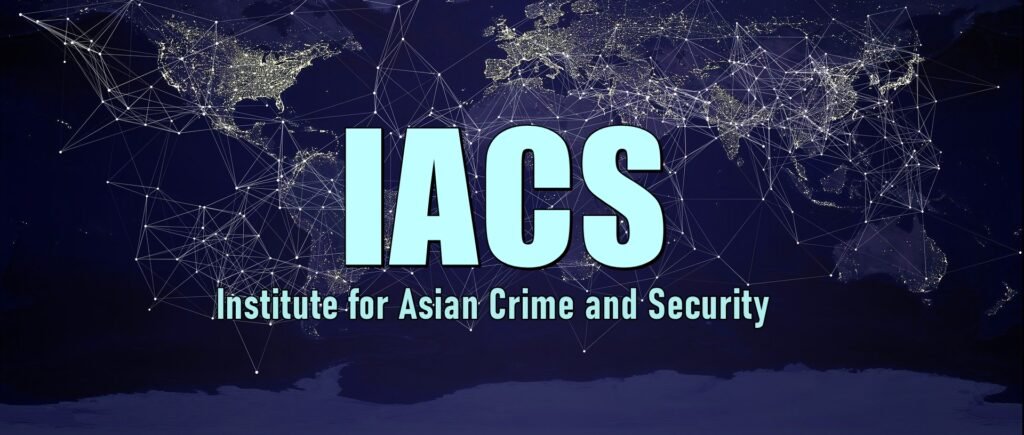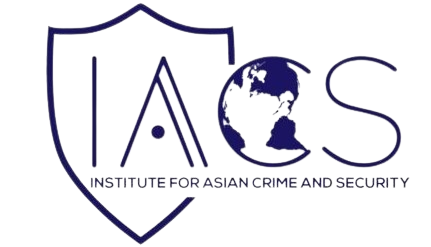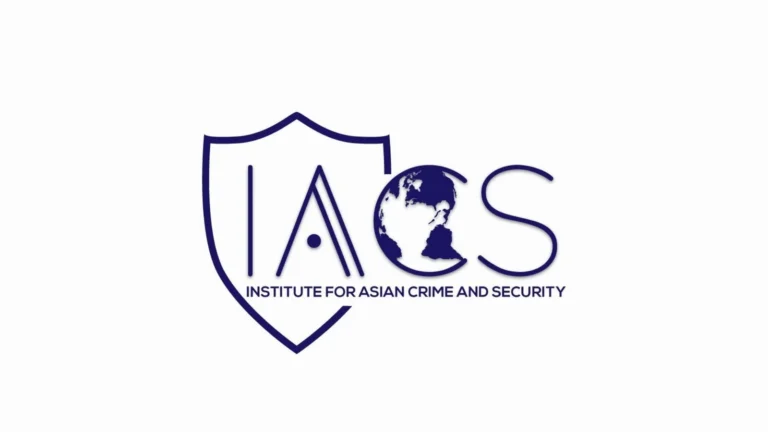A New Political Landscape in Taiwan Since 2024
After the general election in January, a new political landscape has begun forming in Taiwan. President William Lai Ching-te (賴清德) started a record third presidency for the Democratic Progressive Party (DPP, 民進黨). However, no single political party exists as a dominant party in Taiwan’s Legislative Yuan (LY, 立法院). Although the Kuomintang (KMT, 國民黨) lost the presidential election, it still won 52 of the total 113 seats of LY. In order to counterbalance the DPP government led by William Lai, the KMT negotiated a coalition with the emerging third force, the Taiwan People’s Party (TPP, 民眾黨) (which obtained eight seats from the propositional list). By becoming the majority alliance in the LY, the KMT-TPP coalition has surpassed the DPP’s 51 seats in terms of numbers, resulting in a divided government. The fact that the KMT-TPP coalition is enough to win any vote and monopolize the LY by relying on numerical superiority has led some public groups to voice concerns that such an arrangement would erode Taiwan’s resilient democracy.
The Characteristics of Taiwan’s Youth Activism
Taiwan’s student-led activism enjoys the longest history among all Asian countries. Dating from the 1922 student movement at the Taipei Normal College to the present, this marks over 100 years of student-led movements. Over the past century, Taiwan’s student-led activism has evolved from time to time, and it has continued to strengthen in influence—evolving from facilitating Taiwan’s democracy to consolidating Taiwan’s democracy.
Over the past 100 years, Taiwan’s youth activism has developed the following five features:
(1) It is considered to be a time-honored tradition;
(2) It extends beyond campus, to society as a whole;
(3) It leverages the use of technology;
(4) It contributes to a broader legacy of political reforms;
(5) And, more recently, it demonstrates regional influence.
The first four characteristics are driving forces for enabling political and social changes, as well as propelling reforms within Taiwan. The fifth one demonstrates the unique political and civil society connectivity between Taiwan and Southeast Asian countries—in particular as shown in the “Sunflower Student Movement” (太陽花學運) of 2014 and the “Bluebird Movement” (青鳥行動) of 2024.

Image: Senior citizens from southern Taiwan joining the “Bluebird” protests outside the Legislative Yuan in Taipei (May 2024). (Image source: Provided by the authors.)
The Origin of the Bluebird Movement
Regrettably, prevailing concerns among Taiwanese society regarding the new political landscape of a 2024 divided government came true. In May, the KMT partnered with the TPP to speed up the LY’s passing of amendments to the Legislative Yuan Exercise of Official Powers Law (立法院職權行使法). This amended law, passed by the KMT-TPP coalition without any substantial deliberation, would create an excessive concentration of power under the LY—and threaten the checks-and-balances of Taiwan’s constitutional framework. (For a more detailed analysis of the KMT-TPP amendments, see “Necessary Reforms or Power Grab? A Recap on the Recent Legislative Yuan Drama” by Ben Levine, elsewhere in this issue.)
Due to their concerns, young activists and political activist groups gathered outside the LY and launched a peaceful protest against the contentious push to amend the law. On May 24, the number of people participating in the movement reached 100,000 in Taipei. At the same time, 13 other counties and cities in Taiwan launched corresponding protests, which attracted social attention and international concern. Moreover, in early June, supporters of the “Bluebird Movement” raised USD $2.6 million in a couple of hours—with the money raised used to broadcast a 30-second video advertisement every five minutes for 24 hours on a major billboard in in New York City’s Times Square to garner international support for Taiwan’s democracy.
Taking place during the 10th anniversary of the 2014 Sunflower Movement, the Bluebird Movement can be regarded as the most significant example of youth activism after the Sunflower Movement for four main reasons. First, both movements aimed to safeguard Taiwan’s sovereignty and democratic values. Second, the Bluebird Movement’s participants, who even included high school students, were much younger than those in the Sunflower Movement. While traditional activist groups were constructive in offering assistance in logistics, experience sharing, advocacy and strategy, youngsters made up the majority of the protestors. Third, the role of technology has become comparatively more important, including in the dissemination of information, communication, and broadcasting to the international community. etc. Fourth, the Bluebird Movement enjoyed substantive international support from overseas, in particular from like-minded activist groups in Southeast Asian countries and Hong Kong.

Image: Traditional activist groups helping to share resources during the “Bluebird” protests. (Image source: Provided by the authors.)

Image: Signs and reminders are everywhere to warn the activists not to get out of control and rush into the LY. (Image source: Provided by the authors.)
Enlightening New Social Activism: from Taiwan to Southeast Asia
Digital Technology as a Tool or Interface
The Sunflower Movement of 2014 had a profound impact on youth activism and democratic solidarity in Asia. In particular, the movement showed how to strategically utilize digital technology for the following six functions:
- Rapid dissemination and mobilization (social media and instant messaging tools);
- Improving transparency and credibility (live broadcast and video);
- Resource and information sharing (cloud collaboration tools);
- Expanding social influence through online social media (digital activism);
- Creating online communities (formation of online communities);
- Fighting against disinformation warfare and public opinion manipulation (dealing with false information with timely clarification).
During the 2014 Sunflower Movement, digital technology facilitated even closer exchanges and partnerships between activist groups in Taiwan and Southeast Asia, particularly in the following fields:
- Regular communications and mutual learning between activist groups;
- Curating solidarity and support;
- Co-organizing rallies;
- Networking with like-minded partners;
- Stimulating democratic awareness and action;
- Sharing references to tactics and strategies for organizing activism;
- Strengthening international linkages;
- Sharing media and publicity strategies;
- Raising legal and human rights awareness;
- Advancing support from activist groups in Southeast Asian countries.
One legacy of the Sunflower Movement is the emergence of closer ties between young activist groups in Taiwan and the region. In the past few years, activists in Southeast Asian countries have kept contact and maintained close interactions with Taiwan’s activist groups and counterparts, including in the Bluebird Movement. Indeed, the Bluebird Movement can be regarded as the most influential culmination of recent advancements in digital technology and growing regional partnerships. Many activists from Southeast Asian countries and Hong Kong came to Taipei to join the rally, to offer support as observers, to volunteer to assist with logistics, and to participate in sit-ins. There were in total 25 activists across 10 organizations from Thailand (four participants), Malaysia (five participants), Indonesia (four participants), the Philippines (five participants) and Hong Kong (seven participants). [1]
Conclusion
Despite the efforts of the Bluebird Movement, the controversial bills proposed by the KMT and TPP still passed in the LY. However, democratic solidarity will not be discouraged. Modern youth-led activism in Taiwan has navigated two transformations: one was the transition from democratic facilitation to democratic consolidation; while the other was reorienting from exerting domestic influence to creating regional and international impact. Both of these transformations have been achieved under the proactive leadership of youngsters in Taiwan, which also contributes to deepening Asian democratic solidarity between Taiwan and Southeast Asia.
The main point: The recent youth-led Bluebird Movement protests built upon the 2014 Sunflower Movement’s successes in leveraging digital technology and regional ties. Although protestors were unsuccessful in blocking the controversial KMT-TPP coalition-led bills from passing, the movement was a significant example of how Taiwan’s youth activism has continued to uphold regional democratic solidarity.








